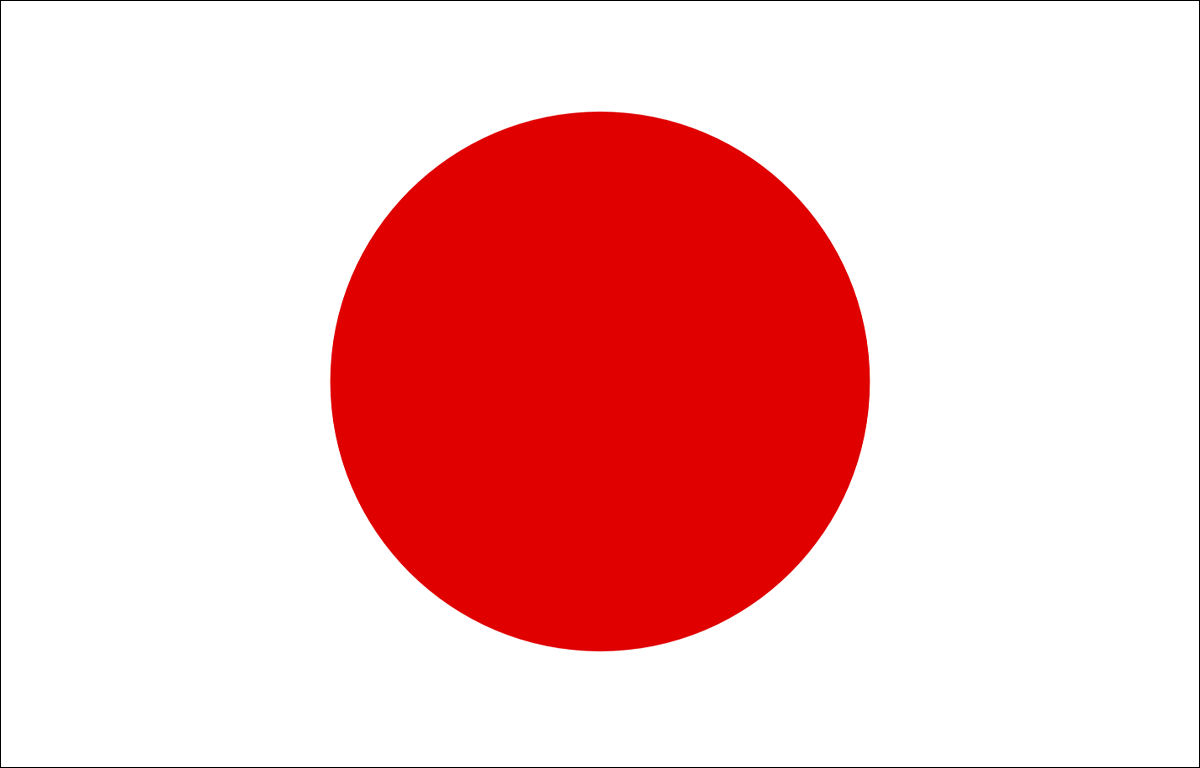
Breadcrumb
Japan

Capital:
Tokyo
Land Area:
364,485km²
Inland Water Area:
13,430km²
Length of Coastline:
29,020km
In Japan, the Basic Act on Ocean Policy was established on 20 April 2007 and enacted on 20 July 2007. This act served as an overarching and cross-cutting policy framework for oceans and coastal areas. Based on the act, the Headquarters for Ocean Policy, which is comprised of a multi-ministry body headed by the Director-General, was established in the Cabinet. The Secretariat of Headquarters for Ocean Policy consists of staff from 8 related ministries. In March 2008, the Basic Plan on Ocean Policy was established in line with the Act. The Plan stipulates 12 major measures that the government should take comprehensively and systematically with regard to the sea. One of the 12 major measures is the comprehensive management of the coastal zones, with includes three major areas of focus:
- Management of coastal zones carried out in an integrated manner with land areas;
- Coordination of activities in the coastal zones; and
Establishment of a coordination system concerning coastal zone management.
All the projects related to the Basic Act on Ocean Act have been collated by the headquarters for the promotion of integrated information management among all concerned ministries. The budget for the various measures under the Basic Plan on Ocean Policy for the 2009 fiscal year amounts to 2.17 trillion Japanese Yen.
In 2013 the Basic Plan on Ocean Policy was revised. On 15 May 2018, the Third Basic Plan on Ocean Policy was adopted by the Cabinet. Key principles for ICM underlined in the Act and the Plan are to promote: ICM by considering local characteristics and assisting local governments; ICM in tandem with terrestrial management; ICM in enclosed coastal sea and; coordinating the use of coastal areas. Since 1958, Japan has also adopted a series of environmental legislation to tackle its worsening water pollution problems. The country introduced numerical targets for reducing the pollutant effluent in designated watershed and coastal areas, with those targets revised every five years since 1984. Significant reductions were achieved in Tokyo Bay, Ise Bay and Setonaikai adjacent to the megapolis of Tokyo, Nagoya and Osaka. Other sustainable efforts by Japan include coastal spatial planning, adopting local plans on ocean policy and implementing local initiatives for ICM.
Focal Points:
Mr. Toru OHNO
Vice Director-General, Policy Bureau, Ministry of Land, Infrastructure, Transport and Tourism (MLIT)
Mr. Masashi KAWABE (Operational Focal Point)
Director for International Ocean Affairs, Ocean Policy Division
Policy Bureau, MLIT
Mr. Nobuyuki MORI
Coordinator for International Ocean Affairs, Ocean Policy Division
Policy Bureau, MLIT
RELATED PUBLICATIONS
Proceedings of the Thirty Third East Asian Seas Executive Committee Meeting
The East Asian Seas (EAS) Executive Committee convened its 33rd Meeting on 28 April 2025 in Busan, Republic of Korea. The meeting gathered key leaders of the EAS Partnership Council, including Chair Dr. Vann Monyneath, Co-Chair Atty. Jonas Leones, Intergovernmental Session Co-Chair Mr. Le Dai Thang, Technical Session Chair Dr. Keita Furukawa, and Technical Session Co-Chair Dr. Suk-Jae Kwon. The PEMSEA Resource Facility (PRF) Secretariat, led by Executive Director Ms. Aimee T. Gonzales, provided secretariat support, alongside other PRF staff. Observers included representatives from the Arafura Timor Seas program, Korea Maritime Institute, China’s Ministry of Natural Resources, and the China PEMSEA Center, with additional PRF personnel joining online.
The meeting agenda featured key updates and strategic discussions on the outcomes and next steps following the East Asian Seas Congress 2024, the alignment of the Sustainable Development Strategy for the Seas of East Asia (SDS-SEA) with 2030 targets, and PRF’s accomplishments in 2024 and work plan for 2025. Other agenda items included preparations for the 17th EAS Partnership Council Meeting, the engagement of Non-Country Partners, progress on the Blue Carbon Program, presentation of the 2024 audited financial report, and governance matters such as the election of new officers and the selection process for the next PRF Executive Director.
PEMSEA Annual Report 2024: A Year of Collaboration: Driving Blue Synergies Towards Resilient Coasts and Ocean in the East Asian Seas Region
2024 was a landmark year for PEMSEA with the successful organization of the EAS Congress 2024 and the 8th Ministerial Forum as key highlights. These milestone events led to stronger and renewed commitments to drive synergistic actions towards sustainable, inclusive and resilient coasts, ocean and communities, aligned with national priorities and global and regional targets.
Check out progress and plans of PEMSEA's projects that address complex interconnected environmental challenges in the region: marine plastic pollution, biodiversity loss and climate change through rigorous baseline data collation, analysis and reporting; enhancing governance and investment plans and programs; knowledge management and technical skills and capacity development.
PEMSEA eBulletin - April 2025
Dear PEMSEA community,
April is packed with exciting progress and developments across the region!
PEMSEA is making waves at the 10th Our Ocean Conference in Busan by organizing a side event that brought together regional partners committed to support governments in meeting their 30x30 conservation targets while enhancing protection of our valuable marine ecosystems.
Looking toward the future, PEMSEA's Executive Committee (EC) Meeting in Busan endorsed plans to extend our Sustainable Development Strategy implementation to 2030. The EC also noted progress on our regional Blue Carbon Program and finalized the timeline for upcoming Partnership Council elections.
We're also proud to announce the release of "Threads of Resilience," the sixth edition of our Integrated River Basin Management Project newsletter. This issue tells inspiring narratives of women from the Sasmuan Pampanga Coastal Wetlands alongside the impactful work of female environmental leaders driving change across Southeast Asia and critical conservation needs for key project sites, including Indonesia's Ciliwung River.
Other important developments include the PNLG Executive Committee's announcement of upcoming elections and General Assembly in Jakarta, the successful launch of the GEF/UNDP/ASEAN Integrated River Basin Management Project in Viet Nam, and regional training initiatives to enhance blue carbon knowledge and integrated coastal management strategies in Xiamen, China.


